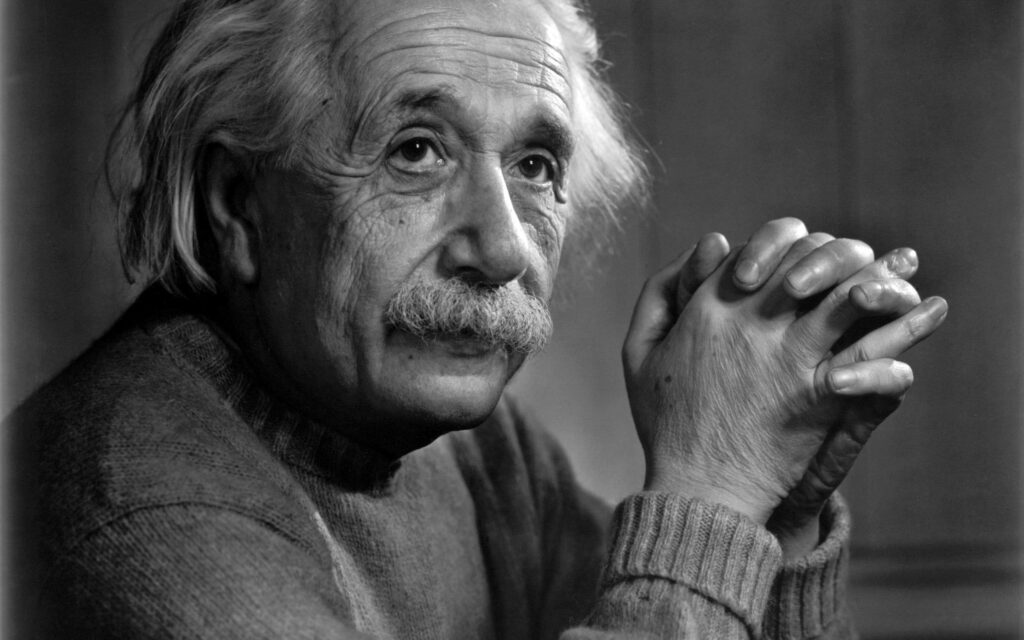14 Common Expressions Younger Generations Won’t Understand
Etymology is fun! It’s especially fun to learn about the quaint old-fashioned practices that gave rise to some of the words we use. Stereotype comes from printing, hard-up comes from sailing, pipe dream comes from opium dens.
Cultural practices change, technology changes, but words stick around—and not just in some long ago, far away place. It’s happening all around us as we speak.
That’s right. Kids these days don’t know where hang up comes from, and those of us who remember the pre-cell phone era are already receding into the mysterious, etymological past. Here are 15 etymologies to answer the questions of future English speakers. Because the future is already here.
1. WHY DO WE “HANG UP” A PHONE?
Phones used to have two parts to them, a base and a receiver. In order to end a call, the receiver had to be placed or “hung” on the base.
2. WHY DO WE “DIAL” A PHONE?
To call someone on an old phone, you had to stick your finger in a rotating dial at number positions that would turn the dial for various lengths of time when released. You had to do the entire number every time.
3. WHY DOES A PHONE OR ALARM CLOCK “RING”?
Now phones and alarm clocks can make any kind of sound to catch your attention, but a long time ago, phones and alarm clocks had little bells inside them for this purpose.
4. WHY DO CASHIERS “RING UP” A PURCHASE?
Cash registers also used to have little bells in them. Cashiers would enter the price of each item on a set of mechanical levers, when they pressed the button to get the total, the total price would pop up in a window and the bell would ring.
5. WHY DO WE “ROLL” A WINDOW UP OR DOWN?
Cars used to have hand cranks in the doors that moved the windows up or down when turned. To open or close a window, you had to roll the crank around a few times.
6. WHERE DOES “SOUNDS LIKE A BROKEN RECORD” COME FROM?
Music used to be played on grooved discs, called records. When these discs were scratched or otherwise damaged, it would cause the same sound to be played over and over again. So to sound like a broken record was to repeat the same thing over and over.
7. WHAT IS THE ORIGIN OF “LUGGAGE”?
People used to travel with big, heavy bags that had no wheels or collapsible handles. They had to “lug” these bags around from place to place.
8. WHY DO WE “TURN” A DEVICE ON OR OFF?
Many devices used to require the user to turn a handle or knob in order to release the flow of an energy producing substance like gas, steam, or electricity. To stop the flow the knob would be turned back the other way and the device would cease operating.
9. WHY DO WE CALL IT A MESSAGE “BOARD”?
Before the internet, when people wanted to make an announcement or share information they would put it on a piece of paper and attach it to a board mounted in a public location where many people would see it.
10. WHY DO WE CALL SOME SHOWS “REALITY” TV?
Even though these shows do not actually show reality, at the time they first appeared, they were, in comparison, much less scripted and controlled than other shows, so they seemed somehow closer to the world as the way it was.
11. WHAT IS “CLOCKWISE”?
Clocks used to be a circular array of numbers, with pointers mounted on a controller in the center that moved around the circle over the course of the day. The direction that the pointers moved, beginning towards the right at the top of the circle, was referred to as clockwise.
12. WHY DO WE SAY “ON LINE” FOR COMPUTER THINGS?
In the early days of computing, when one machine needed to communicate with another, they had to be attached with a physical cord or “line.” Processes that could be completed without this communication were “off line.”
13. WHY DO WE SAY “REWIND” FOR A DO-OVER?
Video and audio used to be on strips of tape that moved across a reader in order to be played. A gear on one side would wind the tape, pulling across it the reader from a wheel on the other side. When you wanted to re-play a section you had just heard or seen, or go back to the beginning, you had to re-wind the tape in the other direction.
14. WHAT DOES “CC” MEAN ON AN EMAIL?
When you cc someone, you send them a copy of your message. It comes from carbon copy, an old method of creating copies of paper documents by transferring lines via carbon paper.
source: mentalfloss
Now you have to use some of the words and expressions to fill the gaps in these sentences.
1. The secretary …………… the phone and …………… another number.
2. He kept telling the same old jokes, sounding like a …………… .
3. His friend left a note on the …………… for her because she wasn’t …………… .
4. It was too hot in the car so we …………… the window.
5. He had to …………… the tape in the old cassette player
6. No one could …………… the device because the …………… was unplugged.
7. The girl felt very sleepy when the …………… rang at 5 in the morning.
8. She looked like a …………… of her sister, they were identical twins.
9. The stars move …………… across the sky.
10. The lady had difficulties carrying her …………… because it had no …………… .
Key:
1. hung up, dialed
2. broken record
3. message board, online
4. rolled down
5. rewind
6. turn off, cord
7. alarm clock
8. carbon copy
9. clockwise
10. luggage, wheels
Vocabulary
etymology | etimológia, a szavak jelentésének eredetét kutató tudomány |
quaint | különös, furcsa |
hard-up | szegény, nincs pénze |
pipe dream | elérhetetlen álom |
opium den | ópiumtanya |
to stick around | megmarad, itt marad |
pre-cell phone era | mobiltelefonok kora előtti időszak |
to recede | csökkenni, visszahúzódni |
receiver | telefonkagyló |
rotating | forgó, pörgő |
dial | tárcsa |
to release | elengedni |
alarm clock | ébresztőóra |
bell | csengő |
cashier | pénztáros |
to ring up | beütni (pénztárgépbe) |
cash register | pénztárgép |
lever | emelő, emelőkar |
to get the total | megkapni a végösszeget |
to pop up | felbukkan, megjelenik |
hand crank | kézi tekerő, kar |
sounds like a broken record | olyan, mint egy elakadt lemez, újra és újra ismétli a dolgokat |
grooved | barázdált |
disc | lemez |
collapsible handle | összecsukható/lehajtható fogantyú, húzó |
to lug | cipelni, cipekedni |
device | készülék |
knob | gomb, kapcsológomb |
to script | forgatókönyvezni |
circular | kör alakú |
array | elrendezés |
pointer | mutató |
cord | zsinór, vezeték |
do-over | elejére tekerni |
reader | leolvasó |
carbon copy | másodpéldány |
carbon paper | indigó |






